1-9 of 9 results
-

Looking back and looking ahead: ISAPP session focuses on the past, present, and future of the biotics field
Kristina Campbell, MSc, and Prof. Dan Tancredi, PhD, Professor of Pediatrics, UC Davis School of Medicine and Center for Healthcare… -

Probiotics vs. prebiotics: Which to choose? And when?
As consumers, we are constantly bombarded with information on what we should eat to improve our health. Yet the information… -
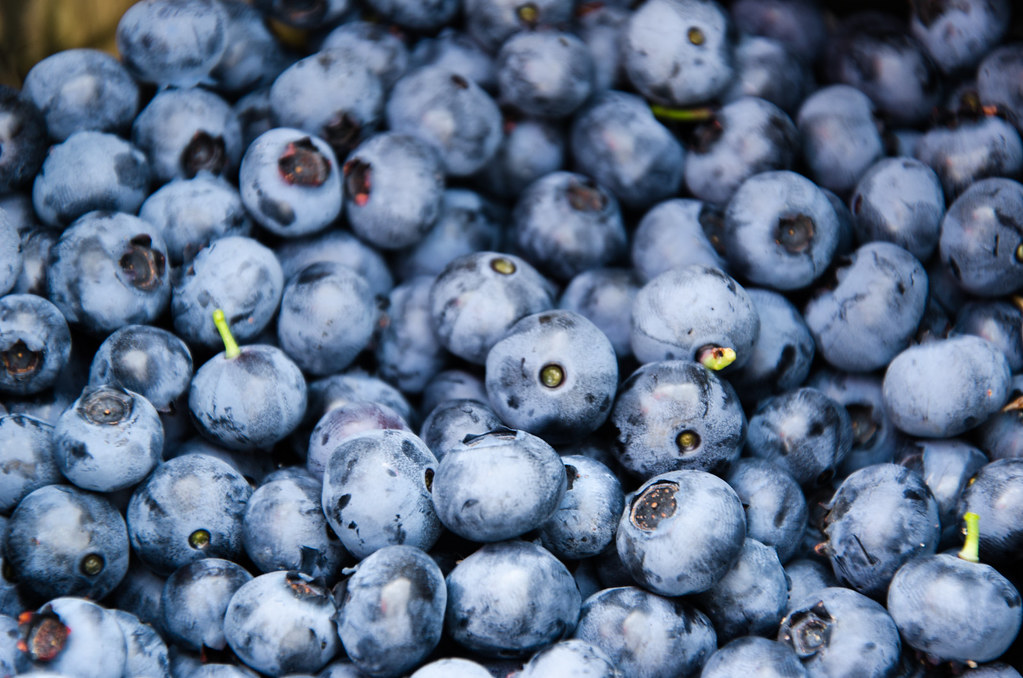
Do polyphenols qualify as prebiotics? The latest scientific perspectives
When the ISAPP scientific consensus definition of ‘prebiotic’ was published in 2017, the co-authors on the paper included polyphenols as… -

ISAPP’s Guiding Principles for the Definitions of ‘Biotics’
By Mary Ellen Sanders, PhD, ISAPP Executive Science Officer Articulating a definition for a scientific concept is a significant challenge…. -
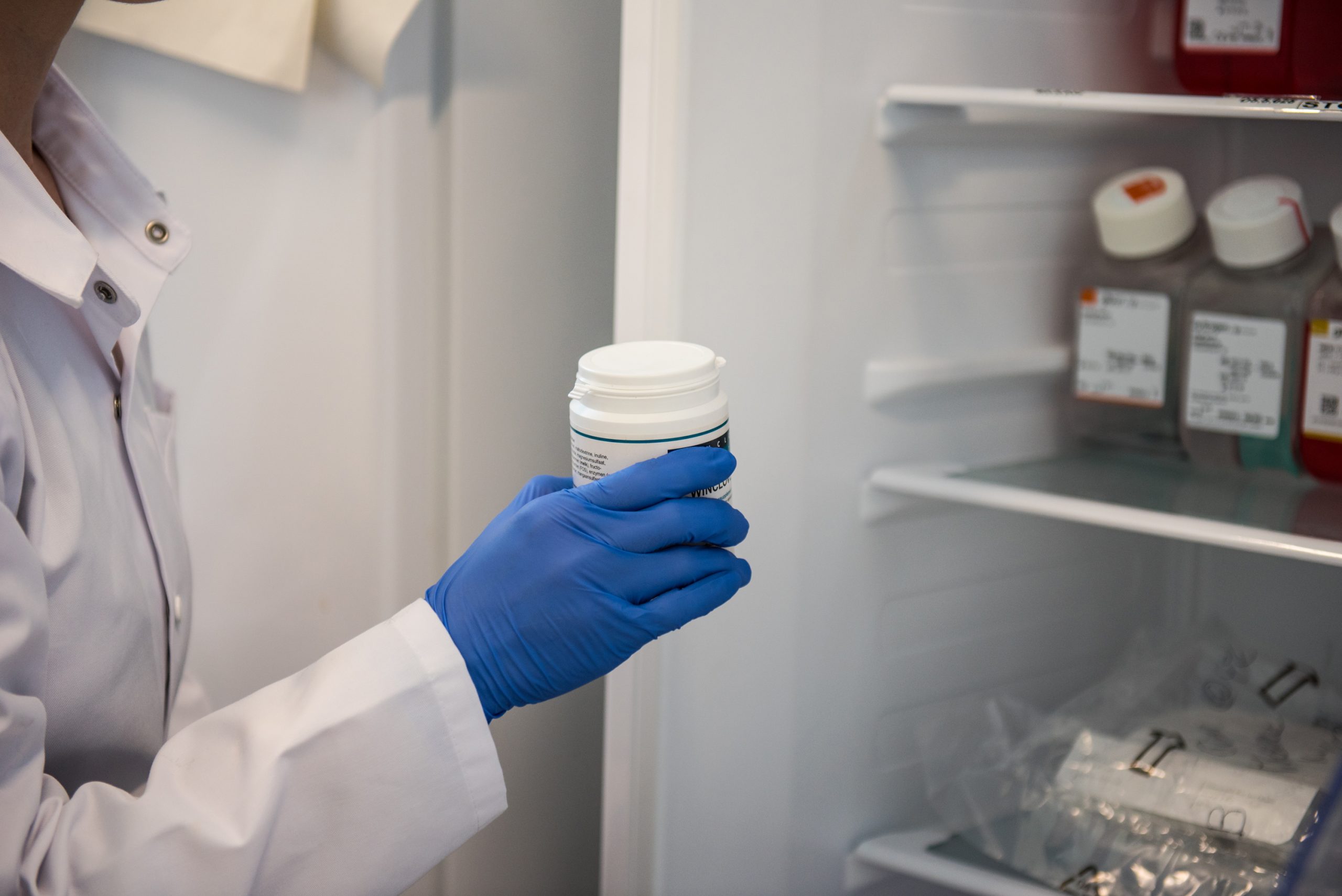
Current status of research on probiotic and prebiotic mechanisms of action
Human intervention studies in the fields of probiotics and prebiotics assess the health effects of these ingredients, whether it’s improving… -
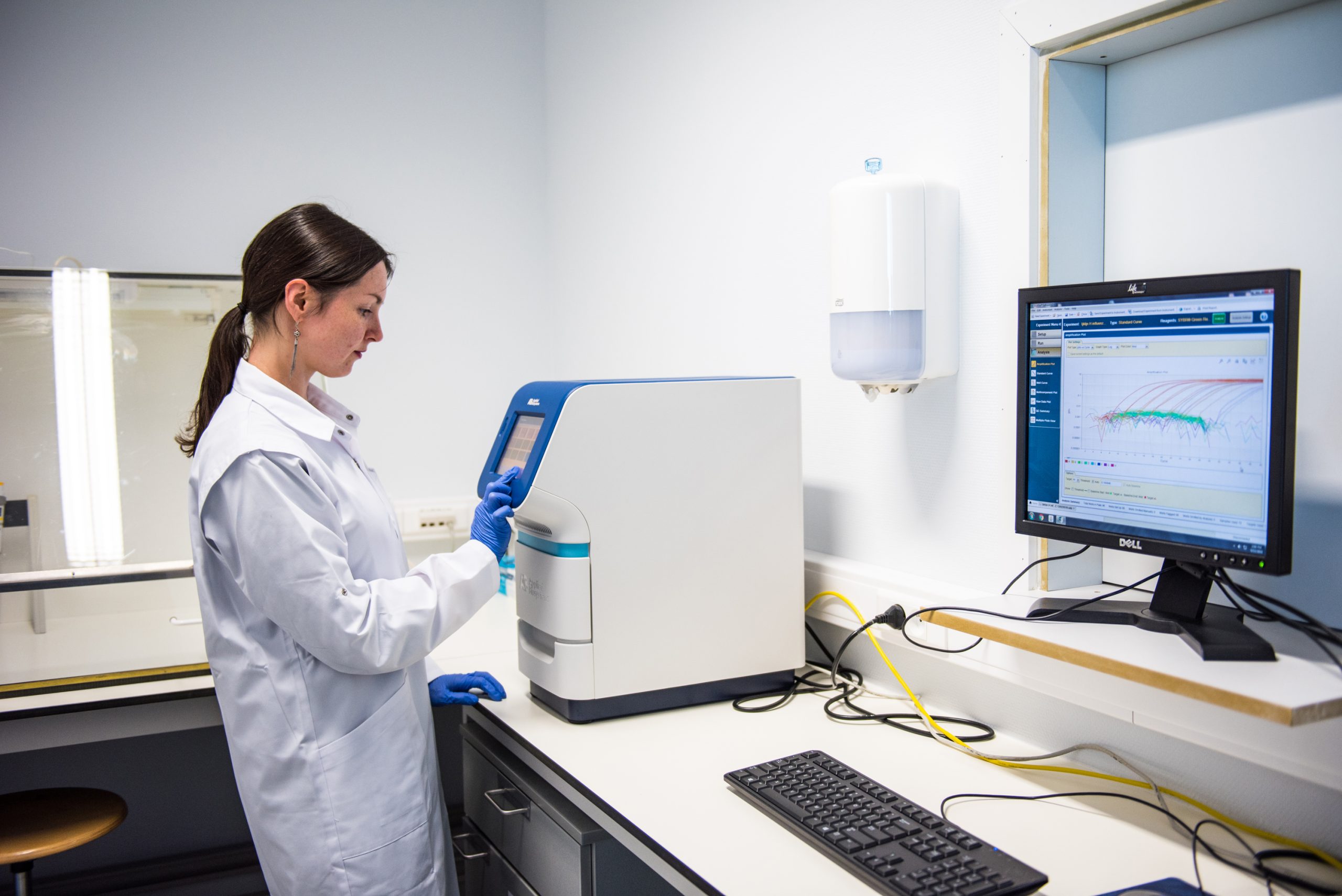
Can the microbiota help protect against viral infections? Summary of an ISAPP discussion group
By Drs. Karen Scott, University of Aberdeen, and Sarah Lebeer, University of Antwerp As part of the ISAPP virtual annual… -
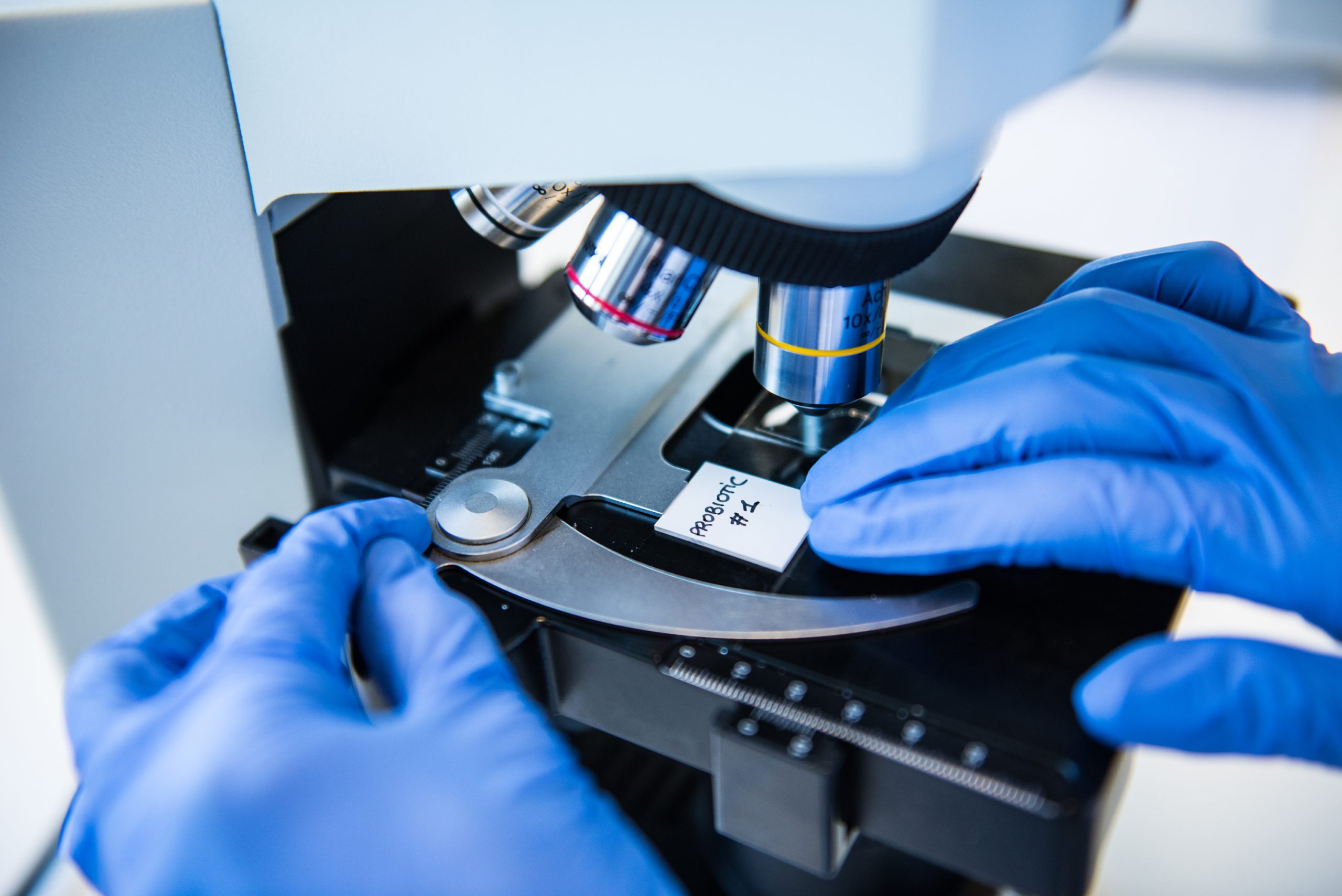
Hear from ISAPP board members in webinar covering probiotic and prebiotic mechanisms of action
This webinar is now complete — see the recorded version here. New probiotic and prebiotic trials are published all the… -
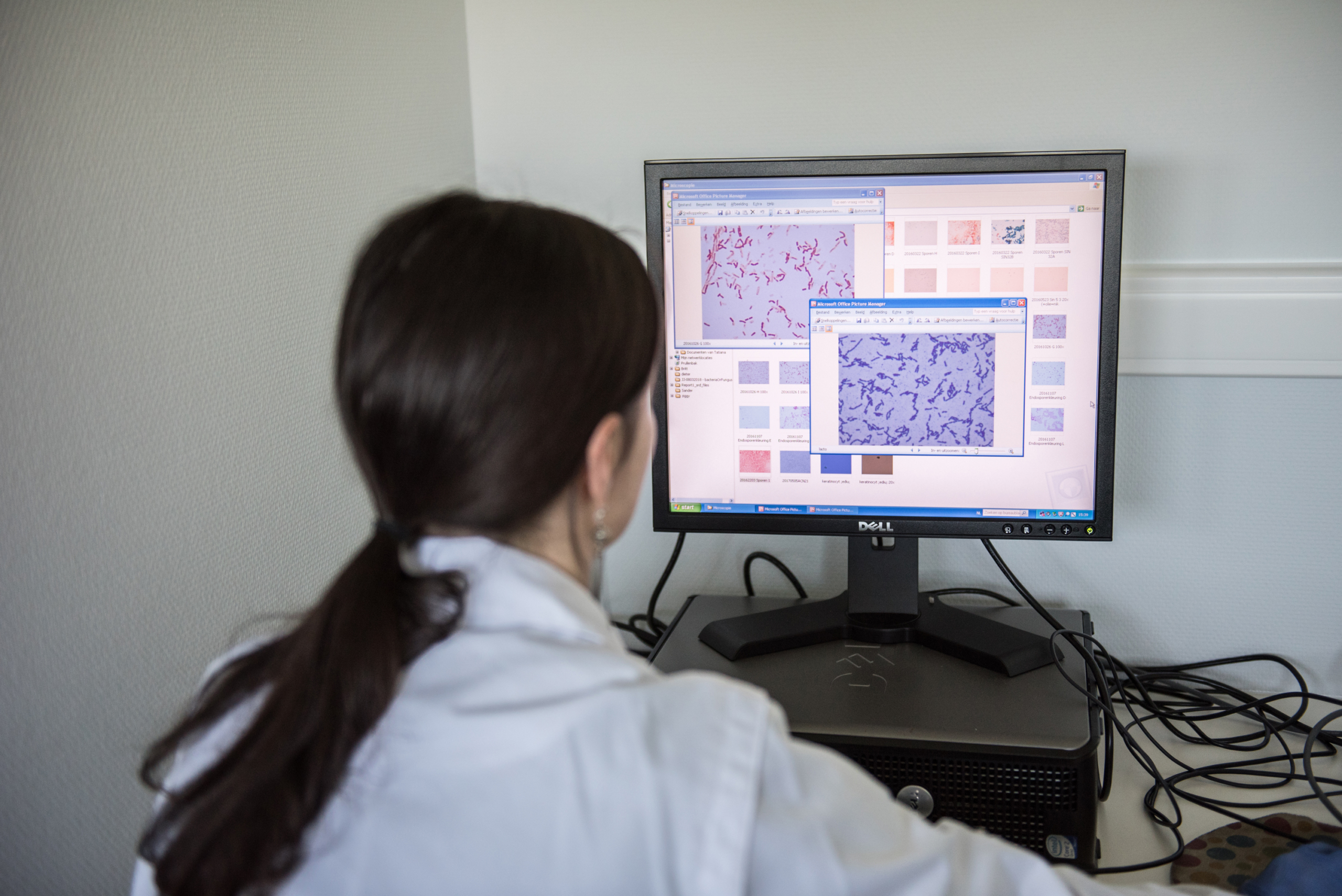
New names for important probiotic Lactobacillus species
By Mary Ellen Sanders, PhD, and Sarah Lebeer, PhD The genus Lactobacillus was listed as the fifth most important category… -
Importance of understanding probiotic mechanisms of action
By Prof. Sarah Lebeer, Universiteit Antwerpen, Belgium At present, we do not fully understand the mechanistic basis of many well…
